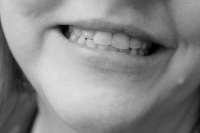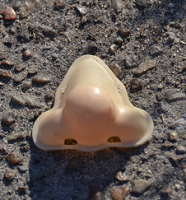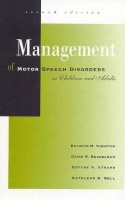
Q: My 6-year-old male client keeps his lips in a perpetual smile that is interfering with intelligibility when he speaks. He appears to have low muscle tone. He also has great difficulty producing multisyllabic words. I am wondering where to begin? Your client has lip retraction associated with mild dysarthria. How do I know he has dysarthria? Because he has speech distortion related to neuromuscular disturbance. That is the very definition of dysarthria. I have written the following about lip…


